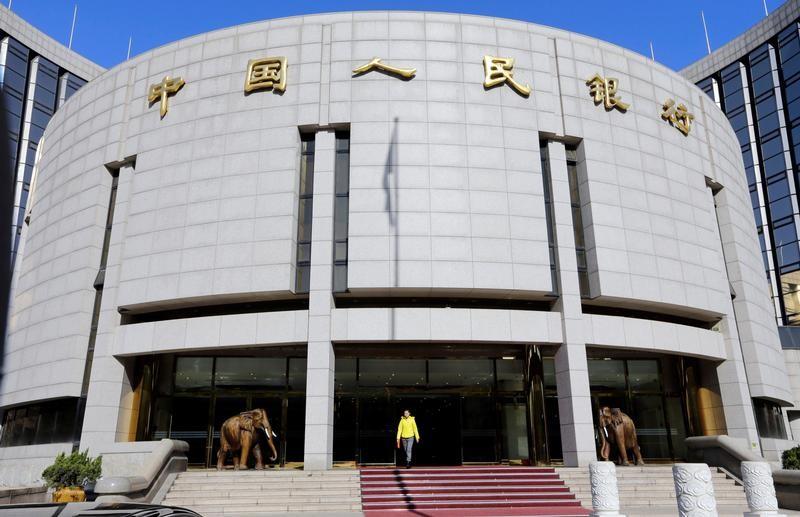
China’s central bank has sent queries to some banks to gauge market demand for two-month reverse repurchase agreements, a person with knowledge of the matter said on Thursday, as fresh worries about liquidity buffeted its financial markets.
SHANGHAI (Reuters) – China&rsquo-s central bank has sent queries to some banks to gauge market demand for two-month reverse repurchase agreements, a person with knowledge of the matter said on Thursday, as fresh worries about liquidity buffeted its financial markets.
China&rsquo-s 10-year treasury bond yield rose to its highest since December, 2014 earlier in the day and treasury futures fell on expectations that the central bank is sticking to its plans to gradually deleverage the economy.
The People&rsquo-s Bank of China (PBOC) injected a massive net 840 billion yuan ($126.70 billion) into money markets over Oct. 17 to Oct 24, but traders believe was likely a one-off during the political sensitive Communist Party Congress, and not a shift in its tightening policy.
That view is keeping markets on edge about liquidity ahead of large tax payments at the end of the month and traditional year-end tightness.
There were no net injections by the PBOC on Wednesday, a day after congress ended, and only minimal amounts on Thursday.
Some traders said they were not surprised about the new two-month reverse repos as the PBOC had implied in its latest monetary policy report that it would introduce new tenors to keep liquidity in the banking system &ldquo-basically stable&rdquo-.
Reverse repos are the main conduit through which the PBOC manages money market liquidity and interest rates, and it generally does so via 7-day, 14-day and 28-day operations.
In its second-quarter policy report, the PBOC said it would &ldquo-enhance flexibility of proactive injections or drains (and) study to enrich tenures of reserve repos&rdquo- in order to prevent markets from misreading its monetary policy stance by judging the cash conditions during a certain period of time.
Market had speculated that the new tenor would fit between the 28-day reverse repo and the three-month, which is one of the common tenures of central bank&rsquo-s medium-term lending facility (MLF) loans.
The PBOC has shown more willingness since last year to use a combination of open market operations and the MLF to manage liquidity in the banking system and direct funds to parts of the financial system and the economy where they are needed most.
It has drained funds from the financial system so far this year as part of policymakers&rsquo- efforts to reduce high levels of interbank leverage and riskier types of lending.
That has pushed China&rsquo-s money market and short term rates gradually higher, but also triggered periodic fears of liquidity squeezes and spikes in financing costs. While the PBOC has generally not responded as quickly to such markets fears as in the past, it has still frequently stepped in and added funds if rate moves appear too volatile.
The source, who declined to be identified, said the PBOC was expected to inject funds via two-month reverse repos on Friday for the first time.
 0 comments
0 comments





